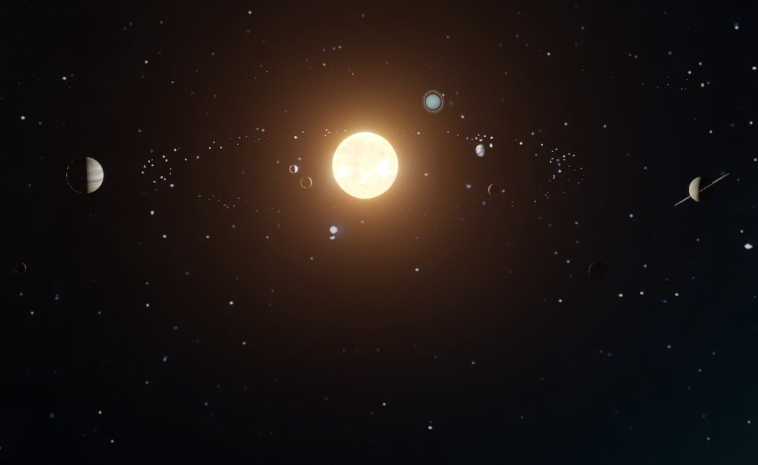Space X Crew Dragon dived into the Gulf of Mexico

Just days ago, the “star trail” successfully landed on the waters of the Atlantic Ocean. To be a little more precise, on March 12, the American spaceship Dragon 5 (Endurance) with a crew of four successfully landed in the waters of the Atlantic Ocean, Gulf of Mexico.
American astronauts (Josh Cassada and Nicole Mann), Japanese astronaut (Koichi Wakata) and Russian cosmonaut (Anna Kikina) have successfully completed their 157-day mission on the International Space Station. SpaceX rescue ships met them at the landing site, and they are now under the usual medical care.
The astronauts who have just arrived on Earth are in the special infirmary of the receiving ship, still in the waters not far from Florida. After the examination, they will fly together to Houston, and from there everyone goes to their homes for several months of getting used to the Earth’s gravity.
The nighttime landing was spectacular, said SpaceX rescue team members; “A bright star appeared in the sky and slowly slowed down to finally land softly on the waters of the Atlantic Ocean by parachute.”
Ten days before that, with a few problems and shorter launch delays, a replacement crew arrived in the form of a four-member crew; American astronauts Warren Hoburg and Stephen Bowen, Russian cosmonaut Andrey Fedyaev and astronaut from the UAE, Sultan Al-Neyadi. They will remain up there in space for the next six months.
Iapetus: fun facts of the week!
Iapetus is a satellite that belongs to the mighty Saturn, with an unusual color and shape!

It is the third largest satellite in the system. It was discovered in 1671 by the astronomer Giovanni Domenico Cassini.
- The name Iapetus comes from the name of the Greek Titan, the son of Uranus and Gaia, and the father of Atlas and Prometheus. All Saturn’s moons are named after the Titans.
- It always faces the same side of Saturn
- Iapetus is the only large moon from which Saturn’s rings can be seen.
- The darkened surface of Iapetus comes from organic materials.
- Iapetus’ orbit is very far from its home planet.
- Iapetus has its own light and dark hemisphere. According to one theory, Iapetus gets its dark color from the more distant and darker moon Phoebe. According to the second, it is possible that there is an ice volcano on Iapetus that ejects dark matter on the surface.
- The surface of Iapetus is furrowed with craters with large impact basins up to 580 kilometers in diameter.
- The equatorial ridge of Iapetus extends for 1300 kilometers. It is about 20 kilometers wide and about 13 km high. It is not known how the ridge was formed.
Want to read more about the universe? Visit our blog!

